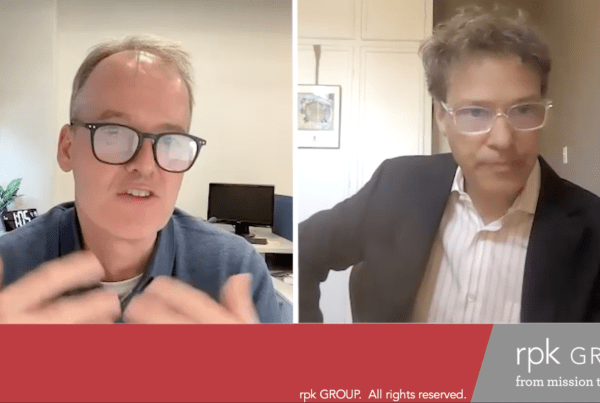This post first appeared on LinkedIn.
How many worthwhile initiatives fail because the right people never get on board?
If you’re a higher ed leader—whether on the faculty or administration side—chances are you’ve lost count. We’re inundated with great ideas, and while many of us typically have the best of intentions, there’s all too often a somewhat blurry roadmap for achieving our strategic goals.
You know where this is going: initiative fatigue. It’s hard to get excited about instituting a new program or service when we’re confronted with major obstacles and the burden of past failures. This may involve a campus culture that is hesitant toward change, or seemingly insurmountable resource constraints. Aren’t we all a little tired of talking about what could be, taking the time to form and participate in committees and task forces just to watch progress stall?
Achieving success requires more than offering others a seat at the table; this is about communicating change in a way that is authentic and truly resonates with your campus community. It’s about getting them on board early so they can help you to problem solve, brainstorm and overcome as a team any issues that you couldn’t foresee.
In years past, I’ve been that senior administrator, trying to whip up enthusiasm for a new approach, only to have it fall flat. Whenever that happened, it was a disappointment.
But then I realized that I could better connect with my colleagues, including folks who didn’t prefer to dive into complex spreadsheets and numerical analysis.
Instead, I could tell a story.
It may not sound revelatory, but it has been something of a game-changer for me. After decades of doing this, here’s what I’ve learned: storytelling can shift mindsets and attitudes.
When done thoughtfully, it turns listeners into advocates, and advocates into activists.
1) Start with “why?”
When you think about the stories you love, the characters don’t just act. They act for a reason. Too often, project leaders jump immediately into ‘what’: the tasks and timelines. This ignores the crucial questions that will motivate the team. “Why are we doing this?” “And why, of all the things we could do, is this the next best investment that we can make?” Above all, don’t just change. Change toward something.
2) Be clear about planned outcomes.
A good story needs a clear plot line. You’ll need to be clear about what’s supposed to happen as a result of the project. And here’s the magic question you can ask: “What does success look like for this initiative?” Move away from loose language and goals like ‘we’ll improve’ to specific stakes-in-the-ground about accomplishments. I once saw a university president shift the entire conversation in the room by moving the team from ‘an increase in retention’ to ‘Let’s get 100 more students here next fall.’ Clear. Tangible. Doable.
3) Make it personal.
Who will be impacted by this project? How could it help them? Making a more personal case starts with considering the palpable challenges faced by one person. This can be a real example, or a persona that represents the individuals you want to help. A few examples:
- “Simone is a third-year biochem student who’s seeking her first internship…”
- “Taylor hopes to graduate early, but isn’t sure how to connect all the dots on course requirements…”
- “With finals looming, Alan is struggling in a few areas, but earlier intervention with an app could’ve saved him a lot of headaches…”
Tell the story about who will benefit from the change.
4) Emphasize the team’s role.
Successful projects are action-focused endeavors, and they require you to put your colleagues right in the Hero’s Journey. “We’ll need your department’s help to get this advising effort off the ground, and let’s decide together how we’ll do that.” Clear calls-to-action are everything.
5) Focus your data on meaning-making.
Numbers alone won’t get the job done. The trick is to move from data to analysis to meaning-making and ultimately storytelling.
- How will we define success for this project?
- What data and metrics would help us track our progress toward that success?
- Who will we share our meaning-making with and how?
Let your key stakeholders (by now, hopefully your co-conspirators) in on all the challenges and advantages of what you’re proposing, with figures to inspire further confidence and transparency.
6) Check in regularly and celebrate wins.
Great writers bring their readers along with them to the last page. Great projects require a regular cadence of communication. Here’s where we’re going, here’s where we are now, and this is what happens next. Teams must also take the time to celebrate the work that’s completed and share this widely.
The above are my tips for incorporating storytelling into a change management strategy.
What are some of yours? If you’ve had success with storytelling as a means for garnering support for an initiative, please share your insights below.
Ready to discover more insights? Sign up to receive the monthly rpk Update.


